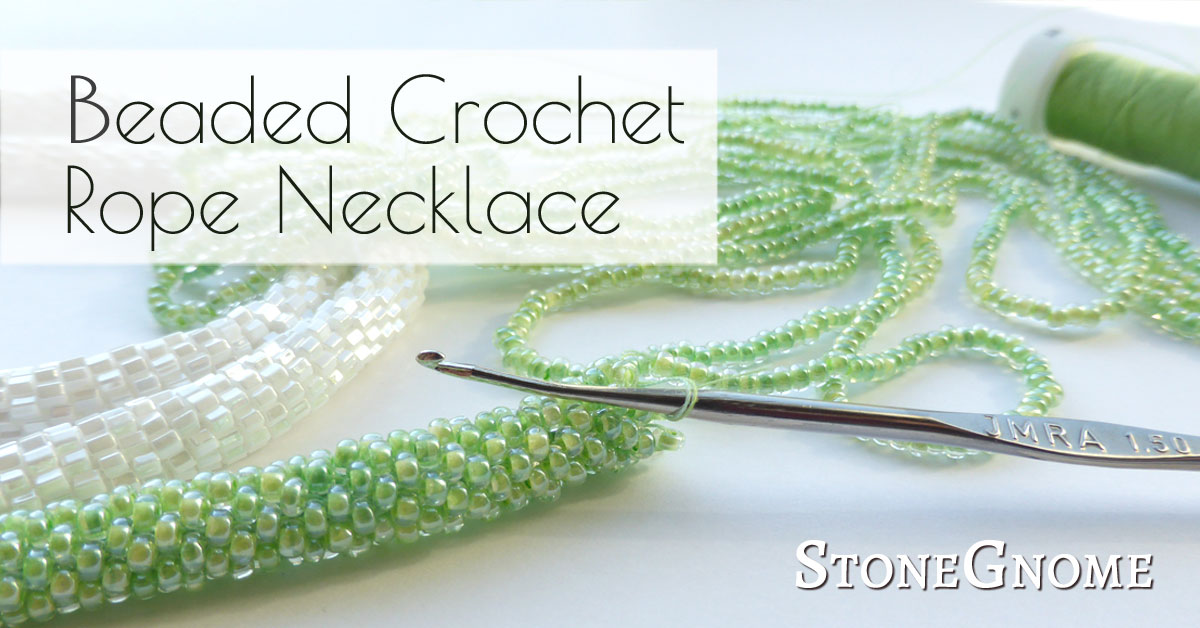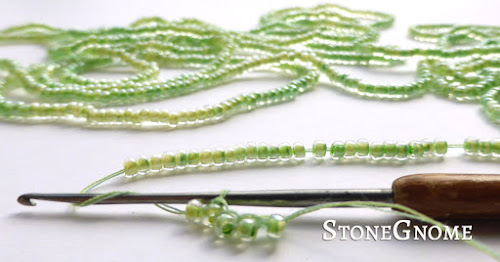
Contrary to what you might think, crocheting with 3 strands doesn’t mean juggling 3 separate yarn balls. In fact, you can work with just one yarn ball, avoiding the mess altogether.
It’s not as tricky as it sounds, but it helps to be comfortable with your stitches to avoid confusion with the extra strands.
It’s not as tricky as it sounds, but it helps to be comfortable with your stitches to avoid confusion with the extra strands.
This post was originally published in March 2018 and was re-written as of October 2024.
Comparison. Regular vs 3-strand Yarn
Below, I’ve compared a regular wool yarn with a 3-strand wool yarn. Both have the same (total) weight per length, and the single crochet stitch rows were made with the same hook.You’ll notice that the 3-strand yarn creates a slightly fluffier texture, taking up a bit more space than the regular yarn, even though their weight is the same.
Guide - Avoid the Mess
You can create 3 strands from a single skein or ball, preventing the tangles you’d get from using 3 separate balls. To do this, fold the yarn to triple it, as shown in the photo, and make the tripled yarn long - longer than what’s shown. I prefer making it at least 1 meter (40 inches) at a time.Make your slip knot as usual - or skip it* - and begin your project.
Simply pull on the end of your working yarn so it unfolds from the loop. Keep pulling until you have another long section of 3-stranded yarn to work with.
If you prefer a video demonstration, Ira Rot has a helpful video tutorial for this technique.
TIPS
A few tips to make your projects easier:
Hide Folding Points
In most cases, the points where you fold the yarn won’t show in the final project. However, if you’re working on a particularly delicate or detailed project, it is possible to hide them. You can either adjust the tension slightly, which will move the folding point. - Or - if the folded point lands on the front loop, simply remove the loop from your hook and turn it around so that the front loop becomes the back loop.Read more: How to Change and Control Your Tension
Avoid Twisted Strands
Twisted strands will look different from not-twisted strands. It can affect the way they 'Fluff'. To keep the strands straight and airy, straighten them whenever you notice a twist. This extra attention can help maintain a special texture that adds extra to certain projects.Hook Size
When comparing 3 strands to a same-weight regular yarn, a good rule of thumb is to use the same hook size. However, you might also benefit from using a hook 1-2 sizes larger (1-2 mm) since the fluffiness fills in the stitches differently and takes up more space making your project look more substantial without extra material.
Yarn Usage
A larger hook size, also means you may need a little less yarn for your project—not a bad bonus!
Again - it all depends on your project, though totally worth to try.
Perfect for...
3-stranded yarn is particularly well-suited for looser and more open stitch patterns or in exchange for a bulky yarn.Read more: Comfy Crochet Footies
In open stitch patterns, you’ll really see the difference compared to using regular yarn. Some great stitch patterns to try include the Moss Stitch (and for my Danish readers: 'vævehækling') or the Tunisian Full Stitch. But don’t limit yourself—feel free to experiment with any stitch pattern!
Left: Moss Stitch in regular crochet. Right: Tunisian Full Stitch
I’ve worked on several projects using the 3-stranded crochet technique, and I absolutely love the texture and feel it creates. Check out how 3 strands look with the Tunisian Reverse Stitch.
I haven’t tried felting with this method yet, but it seems promising - definitely something to experiment with in the future!
Enjoy
The latest StoneGnome pattern where you can use the 3-stranded technique is the Comfy Crochet Footies.
Enjoy exploring this completely new world of textures and styles you can create with 3 strands of yarn.






























 Have you ever wanted to put your own photo or image on a pillow or an afghan? You could also make a corner-to-corner (c2c) blanket or use the same technique for a filét chart or a sweater.
Have you ever wanted to put your own photo or image on a pillow or an afghan? You could also make a corner-to-corner (c2c) blanket or use the same technique for a filét chart or a sweater.






















